We have all seen a dog climb out of a lake and vigorously shake off water. Yesterday morning, I watched a dipper seemingly do the same thing: having gotten wet, it vigorously spun back and forth rather as does a dog. Was it really doing the same thing?
Initially, the dipper would stick its head underwater while it foraged for food on the stream bottom.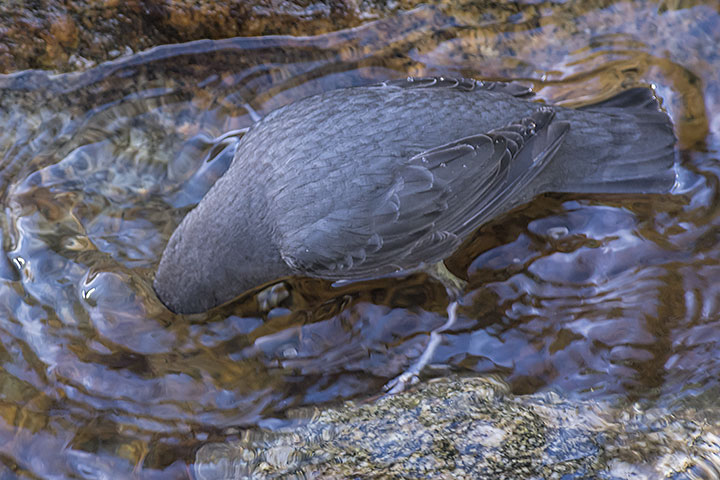
When it brought its head up, it would vigorously spin it in much the same manner as would a dog. Was it trying to shake off water? There was something really odd about what was going on. 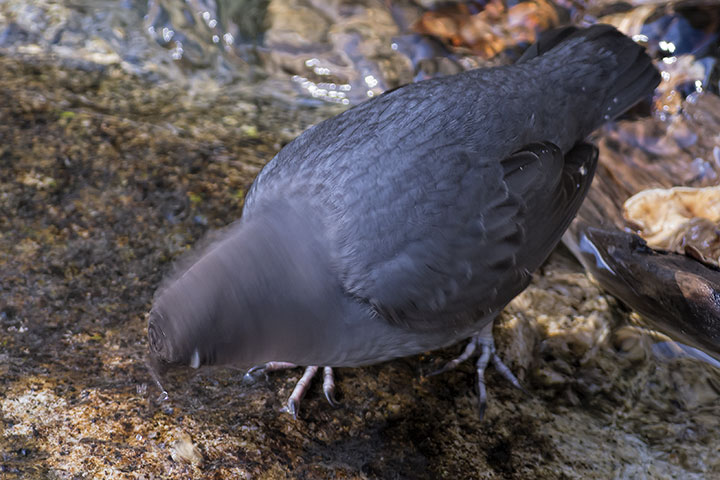
First, even when the dipper would go underwater completely, upon surfacing it would still only spin its head. Second, unlike a dog, which has wettable fur from which the water must be removed, the dipper has non-wettable feathers upon which water merely beads and rolls off. The dipper has no need to shake off water.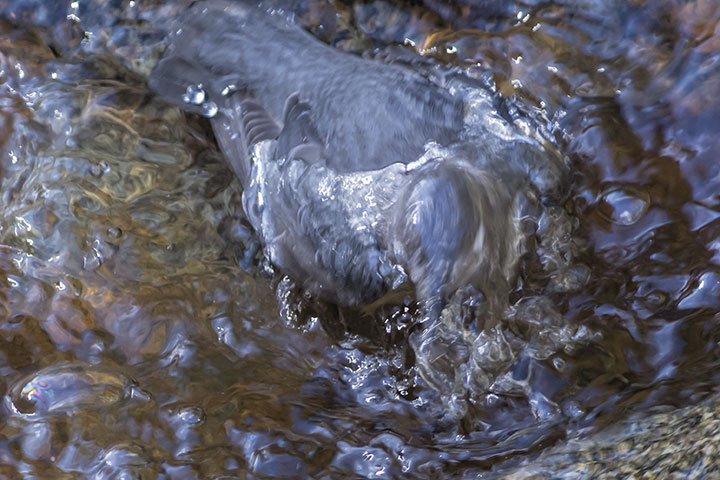
The explanation for why the dipper was shaking is far more interesting. The bird had been hunting one of its favourite foods: caddisfly larvae. A caddisfly larva attempts to avoid such predation by covering itself with an intricate protective case made of found materials (each casing is slightly different). Once a larva is captured, the first thing the dipper does is to squeeze the casing until the larva starts to emerge.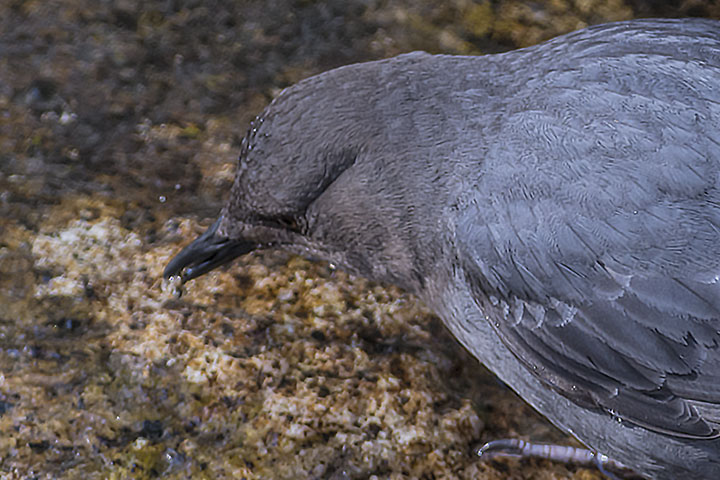
The dipper now grabs the larva, itself, and shakes it until the casing flies off, at which point, the larva is toast. And so it goes, larva after larva. Shaking does not remove water; shaking removes larva casings.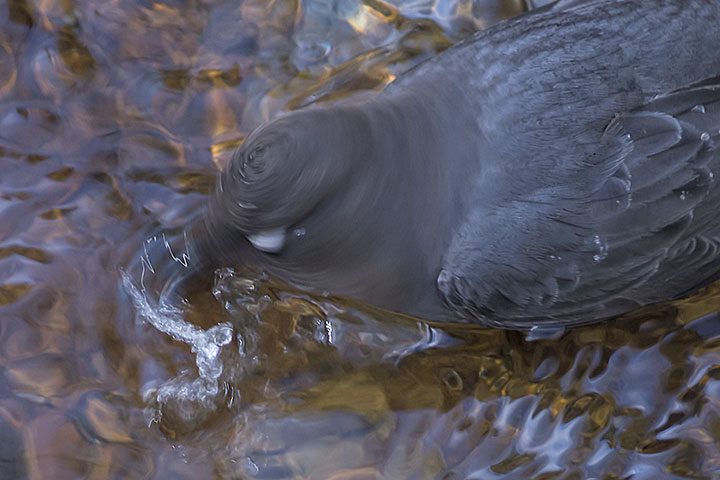

Thanks always very interesting.
Well now. That is pretty clever.
Fantastic, Alistair. I didn’t know about this fascinating behaviour related to water birds feasting on my aquatic insect friends. I’ll now be watching for this each time I’m near a stream or river.
Thank you for another splendid natural history lesson.